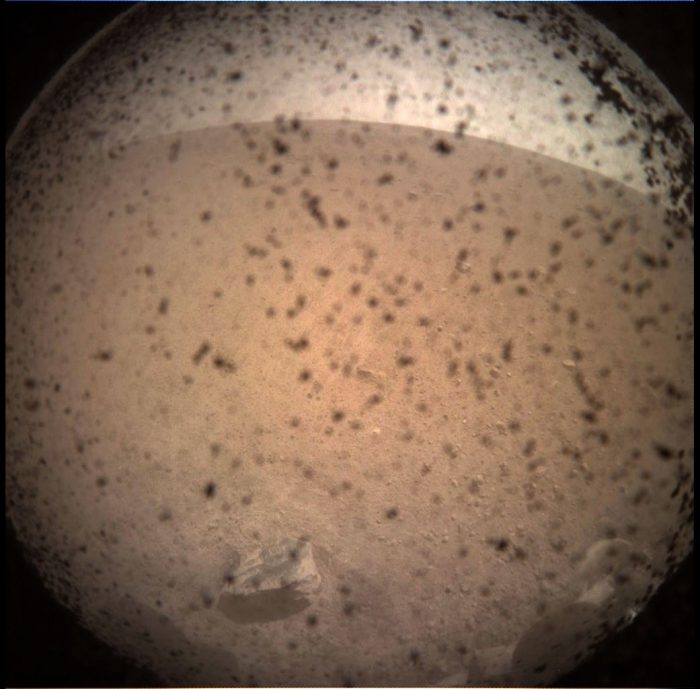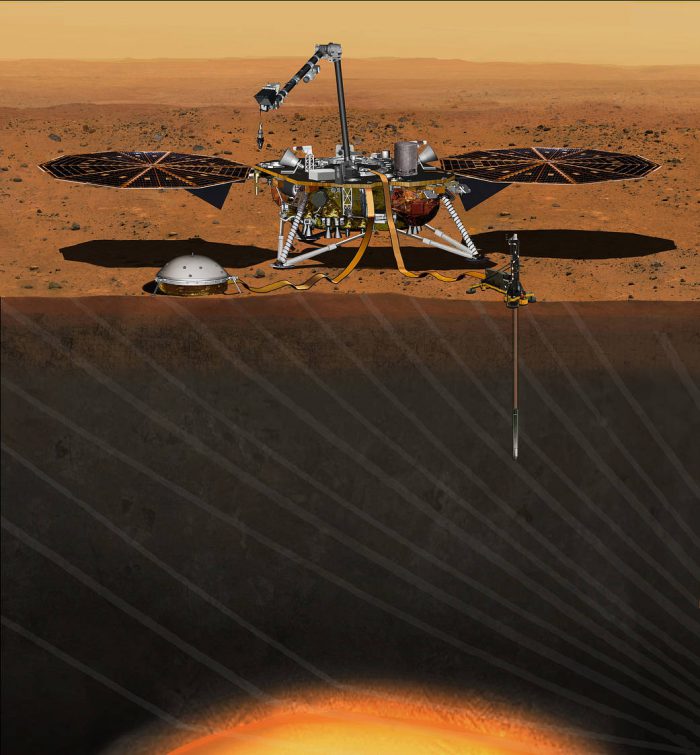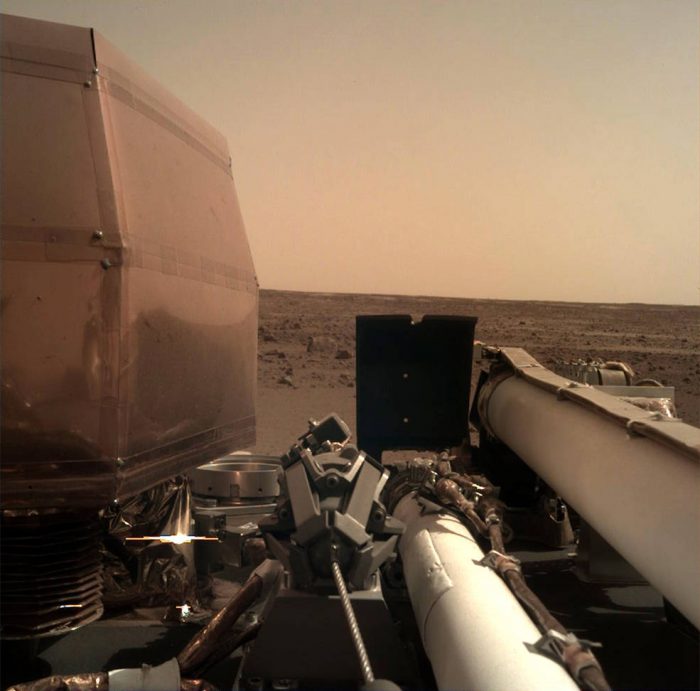If you dig space exploration, then this past Monday was an extremely exciting day. Nailbiting, even.
That's because it was the day that NASA's InSight lander safely reached the surface of Mars!
A successful touchdown was far from a given, too. Around half of all missions to Mars have failed—a testimony to just how difficult it is to have an autonomous spacecraft land on the surface of another planet. So much can go wrong. Like what?
A miracle just to get there
Here's a list of just a few of the things that needed to go right for InSight.
First, there's the seven-month, 483 million-kilometre (300 million-mile) journey just to reach the planet.
Then once the Martian atmosphere is reached, there's the matter of slowing from a speed of 19,800 km/h (12,300 mph) down to just 8 km/h (5 mph) in under seven minutes to allow for a safe, easy landing. The spacecraft also needs to survive the brutal heat of the atmosphere, drop its heat shield, properly deploy its parachute, and have its landing gear pop out ... all while praying that it isn't about to land on some nasty sharp rocks.
Despite the odds, all of this went off without a hitch! As shown by this photo...

The view from InSight's landing site, a flat open plain called Elysium Planitia. (NASA/JPL-Caltech)
This picture was taken just minutes after InSight touched down. It hadn't even had time to clean the dust off its camera lens. It's on a whole other planet, people! Incredible, right?
So, uh ...
What is next?
Of course, InSight is not the only successful landing that we've had on Mars. And unlike Opportunity and Curiosity, it is not a rover that is designed to wander the planet in search of data. InSight is staying right where it landed for a very, very long time. Which is just fine. It has everything that it needs already.
That's because InSight is designed to explore the interior of the planet. What is in the crust and the core? How is it similar to a rocky planet like Earth? How is it different?
It will do all of this with a series of instruments designed to drill into the Martian surface. It will 'listen' to the ground for signs of seismic activity (think marsquakes), underground water, and more. And it will also track the way in which Mars 'wobbles' while in orbit, which helps give scientists evidence about whether the planet's core is liquid or solid.

An artist's illustration of InSight fully set up on Mars. (NASA/JPL-Caltech)
In the end, InSight is all about exploring the guts of Mars. What will it find? We're a good few months away from the probe even being properly set up to send this kind of data (add that to the list of stuff that needs to go right!).
But you can bet that we'll be here ready to talk about whatever they discover. Good luck, InSight!
 "Hey, guys! It's me, InSight! AND I'M ON MARS!!" (NASA/JPL-Caltech)
"Hey, guys! It's me, InSight! AND I'M ON MARS!!" (NASA/JPL-Caltech)










Good luck InSight! When you find out can you please write an article about it?